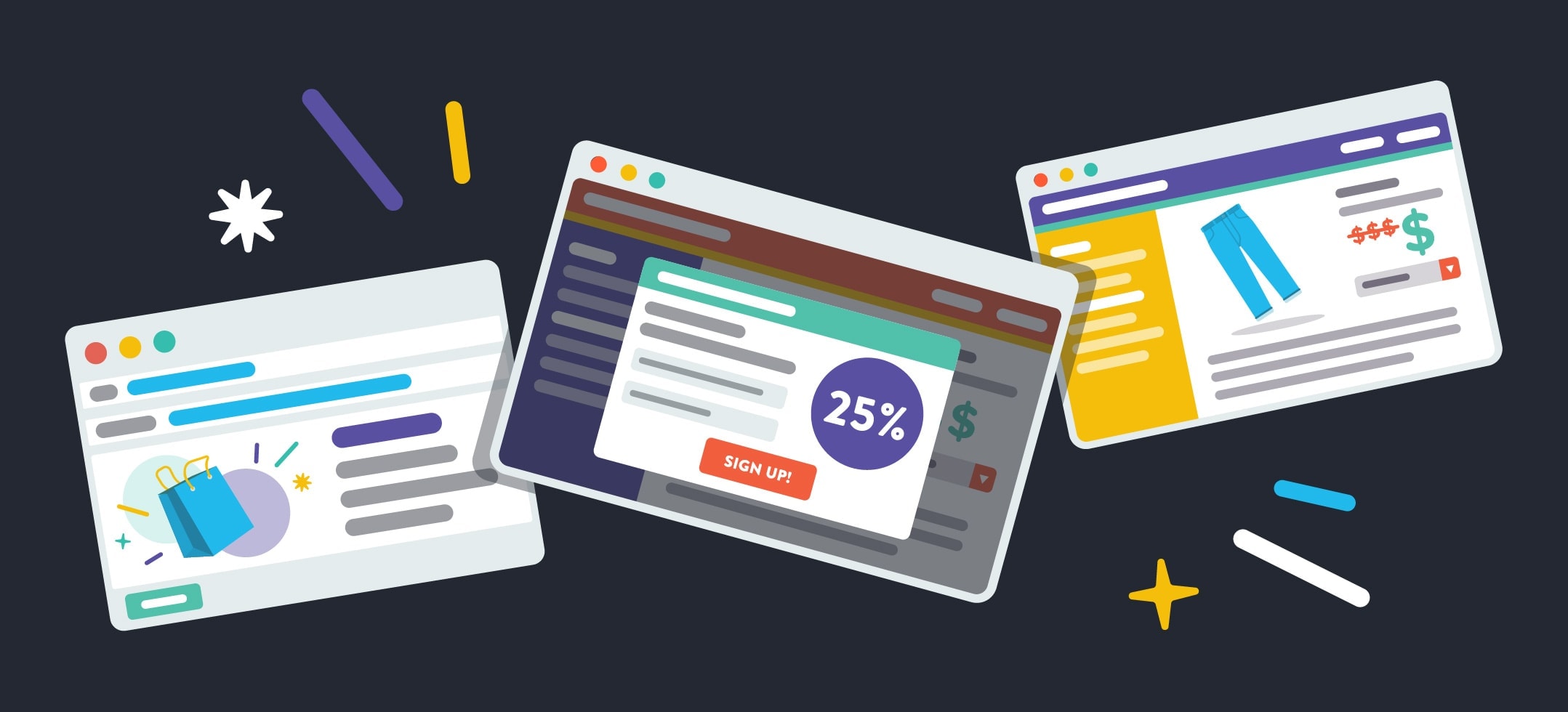
The Beginner’s Guide to Running Sales and Promotions on Your Ecommerce Store
The stats are in: 60% of online shoppers love receiving coupons. In fact, half of consumers go as far as to say that they’re more likely to visit a shop when they have a coupon!
Interesting, right?
So, in this article, we’re going to explain how you can run successful sales and promotions on your ecommerce store.
Let’s jump right in!
Discounting Strategies
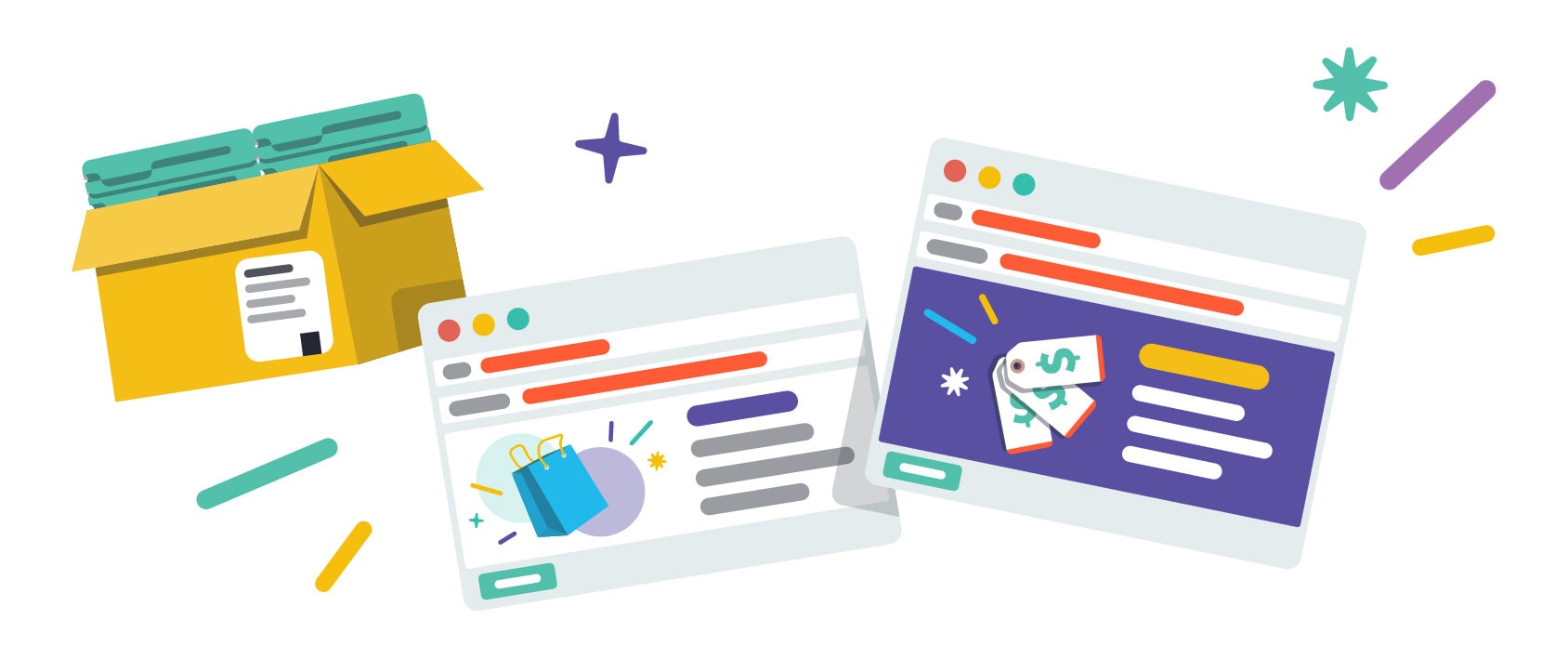
There are a fair few discounting strategies you can use to promote your products. So, for your ease, we’ve listed some of the more popular ones below:
- Percentage-based discounts
- Free delivery discounts (this could either be a one-off offer or free delivery could always be triggered when the shopper meets the necessary requirements)
- Cash incentive discounts
- Volume-based discounts
- Combination deals (such as when a shopper buys several items at one time)
- A discount on the consumer’s next purchase
- Giving away freebies when the shopper fulfills the necessary requirements
Once you know the kind of discount(s) you want to offer your customers, you’ll need to think about the conditions that entitle them to the discount. By this we mean—what do customers have to do to get the reduced price?
For instance:
- Will they have to spend a certain amount of money—say, $50?
- Will the shopper have to buy a specific number of products—such as “Buy 2, Get 1 Free”?
- Will consumers have to enter a discount code when they check out?
Then once you’ve set the terms of the discount, you’ll need to decide on which element(s) you’ll discount when the shopper has met the conditions, such as free delivery or a free product or a percentage off of the total order.
If your ecommerce platform allows you to control the conditions and application of your discounts, use this to your advantage. For example, some ecommerce platforms enable you to choose whether to apply your discount to the whole basket or just individual items. In addition to that, you could also launch time-sensitive discounts. This works wonders for creating a sense of scarcity and urgency which can help boost conversions.
So, with that in mind, let’s explore discount codes in a little more detail in the next section.
Discount Codes
As we’ve already mentioned, discount codes have never been so popular with shoppers and retailers alike. So, as an ecommerce store owner, how do you benefit from using discount codes?
The answer is simple:
- They encourage brand loyalty
- They entice prospective customers to take a chance on your products
- They help promote new products that customers might be unfamiliar with
- They can aid you in offloading excess stock more quickly
What About Incentive Discounts?
Incentive discounts typically demand that shoppers carry out a specific action before they’re given access to the discount. For instance, you could automatically give shoppers a freebie at checkout or once the customer shares your content on social media.
Here are a few other examples of incentive discounts:
- When a visitor subscribes to your email list you could offer them exclusive discounts and promotions.
- When a customer renews a membership or subscription with your store they could receive a percentage discount.
- When a shopper refers a friend to you, you could give them a certain monetary amount towards their next purchase.
All the above techniques strategically offer your customers a discount once they’ve committed to carrying out your desired action. More often than not, the action is more valuable to you than the cost of the discount.
To discover which incentive discounts you should implement, think about your broader business goals: What are they? Use your answer to this question to fuel the strategy behind your incentive-based discounts.
If you’re not sure where to start, think about this: Your best customers are recurring customers. These are customers that make repeat purchases with your store time after time. Not only are they loyal brand supporters, but also they bring in repeated revenue which is sometimes all businesses need to operate successfully.
Plus, it’s expensive to market to new customers rather than doing business with existing customers (in fact, it’s five times the cost!), so you want to reward the ones that are shopping on your site again and again.
By offering customers a percentage discount on their next purchase, or by rewarding some other kind of commitment, you could provide the last nudge of encouragement the customer needs to become a return shopper. This immediately helps to increase the lifetime value of the shopper, which is very valuable to your company.
Again, the return you generate on these types of customers is usually much higher than the initial discount you provide consumers so it just makes sense!
What About Abandoned Cart Incentives?
Abandoned cart email campaigns, when done well, can reap incredibly fruitful results because by offering them, you’re communicating to your potential customers that you really value their business.
So, how do you make these email campaigns work?
You need to view every filled shopping cart on your website that a prospective customer abandons as being a missed opportunity and use it as a way to re-open the door for them to complete their purchase.
Some online retailers send the customer a quick email to see whether they had “trouble checking out.” Other digital shop owners go one step further and offer discounts and other incentives in the email to entice the shopper into making the purchase.
But, more and more consumers have caught on to the fact that some retailers offer discounts in their abandoned cart emails so they use this to their own advantage by deliberately putting items in their basket and then abandoning it at checkout.
Although this is a growing problem for online retailers, this doesn’t mean abandoned cart emails aren’t valuable—it just makes being smarter with your strategy all the more imperative! Perhaps only send abandoned cart emails to regular customers or customers who have shopped on your site before or if the order is exceptionally large. You know your customer base better than anyone, so be discerning.
A Few Tips for Running Discount Promotions
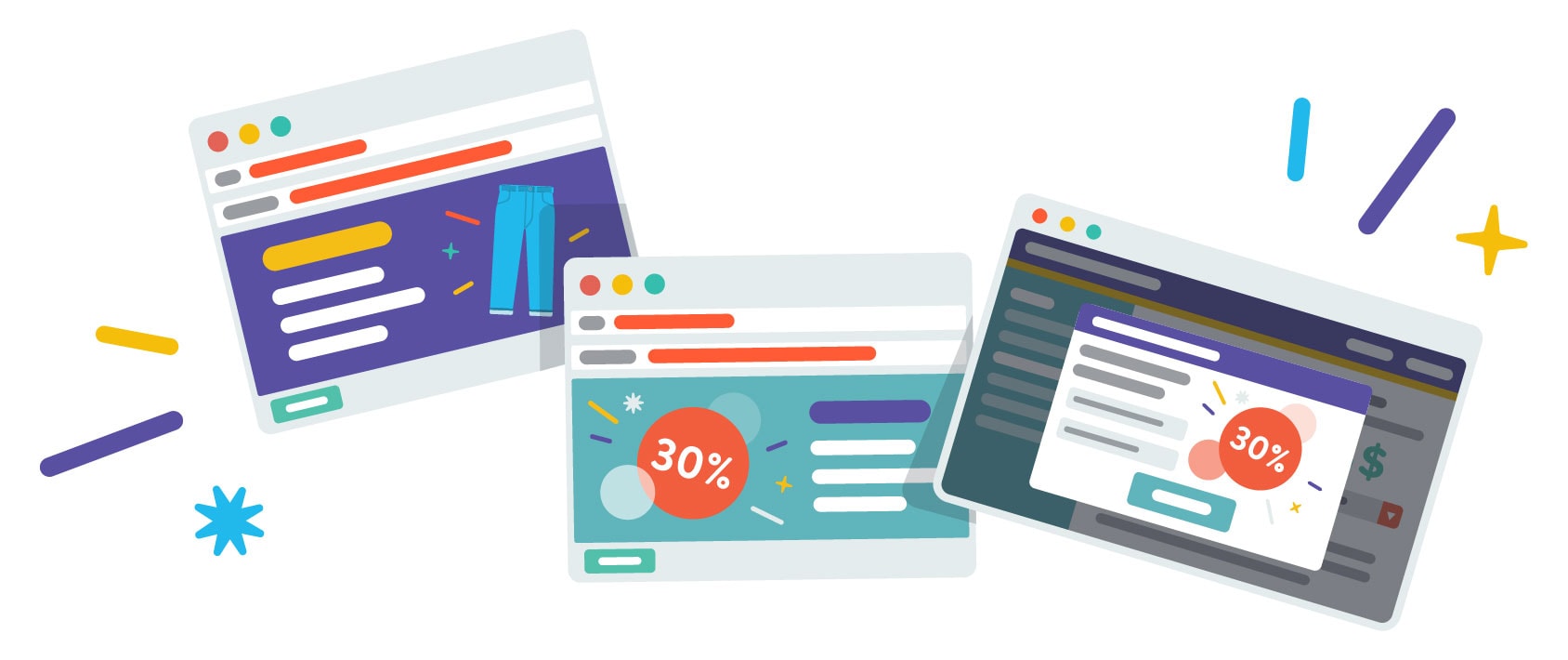
Now that we’ve covered a few discount strategies, we’re going to share a few tips on how to run promotions as smoothly as possible.
Make the Promotion Terms Clear
First things first, make your discount terms crystal clear. When it comes to running successful sales and promotions, transparency is vital.
So, display your discount from the get-go. This includes the terms and conditions of the discount. You want to make this clear from the beginning of the customer’s purchasing journey all the way through to the checkout.
If your customer expects a discount, you need to make it obvious you’ve awarded it to them and adjusted the bill accordingly. If not, there’s a good chance that they’ll begin to question how much they’re being charged which could cause them to abandon their shopping cart.
Needless to say, this doesn’t provide shoppers with the best user experience. Plus, it may even cause you to waste your time handling avoidable customer support queries.
Do Some Customer & Market Research
To understand the types of promotions that entice customers to make a purchase from your store, you need to conduct some customer and market research.
For instance, some online shoppers might place a higher value on free delivery than on a two-for-one type deal, whereas others may exercise the opposite stance. In light of this, you need a firm understanding of how your target demographic perceives different sales and promotions.
This is where market research comes into play.
Take a look at some of the online stores of your competitors. What sort of promotions are they offering? Is there a common theme running through your niche? If so, you might be wise to follow suit. It’s like the age-old adage goes, “If it ain’t broke, don’t fix it.” Otherwise, run some tests with your audience and see what kind of promotions they respond best to. Running A/B tests through email campaigns could be an excellent way to execute this test.
See What Works
To make the most out of your discount strategy, you need to keep a close eye on how your promotions affect your sales and revenue. This means trialing your discounts alongside your current prices. For instance, try one month of regular pricing followed by a month with the discounted price. By comparing the same product over a set period of time, you’ll see which price point generates the most sales and profit.
Another one of the best ways to measure the success of your discounts is to establish a specific goal. Perhaps you’d like to see a percentage increase in sales? Then set a particular time for you to achieve this target. You can use tools like Google Analytics to analyze your real-time data. This should give you a better insight as to whether your discounts are driving the desired customer behaviors.
After having reviewed the data, you might realize your discounting strategies aren’t increasing sales. If that’s the case, it’s time to try a different strategy. Either drop the discounts altogether or try something new (remember to look to your competitors for inspiration if need be)—either way, you need to switch things up. Let the data guide your decisions and keep testing your strategies as you learn how to maximize your revenue.
Discounting Your Products: The Advantages
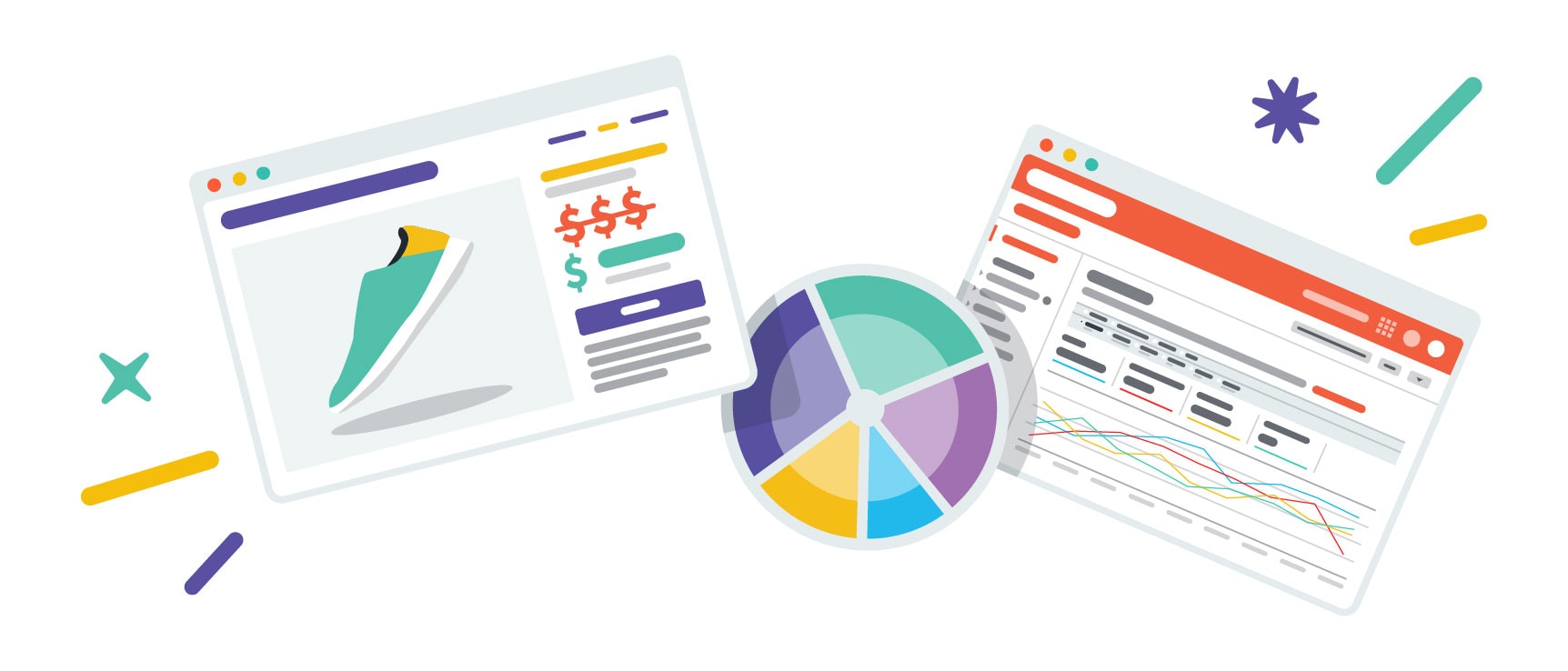
Okay, so what are the advantages of discounting your products?
The most obvious perk is that discounts drive sales—and fast! It’s a really effective way of getting products to fly off your shelves. Everyone likes feeling like they’re getting a “bang for their buck” and that’s exactly what discounts do.
Discounts can also help you attract new customers. This is especially true of customers that are on the fence about buying your products. As you can imagine, a juicy offer works wonders for persuading on-the-fence shoppers to follow through with their purchases.
Discounts are also a useful way to build relationships with loyal customers since exclusive offers make customers feel special. After all, we all love getting access to treats and perks. If you can give a little something extra to your customers on top of the excellent-quality products you’ve provided them, do it! It’s a surefire way to enhance the overall customer experience. Customers appreciate being recognized for their efforts and loyalty.
In addition to everything else we’ve mentioned above, you can also use coupon codes to help grow your email list. When email marketing is done well, you should see a boost in repeat customers. The premise is simple: For the shopper to get given the coupon code, they need to provide you with their name and email address—easy, right? This email list will be invaluable to you because it’s an efficient way to contact your audience directly with news about your new products, promotions, and content.
Some online store owners harness the power of both email marketing and coupon codes at the same time. They use this combination to entice consumers who haven’t shopped with them for a while to come back and make a purchase. For example, you could send out an email blast with a coupon code to customers who haven’t made a purchase in 90 days (or more). This can help remind them of your store and get them shopping on your site again!
Last but not least, there’s one final advantage to running discounts on your ecommerce store. If you’re able to use discount codes to drive traffic successfully, customers might also purchase your regular-priced products which means more revenue for you!
Discounting Your Products: The Disadvantages
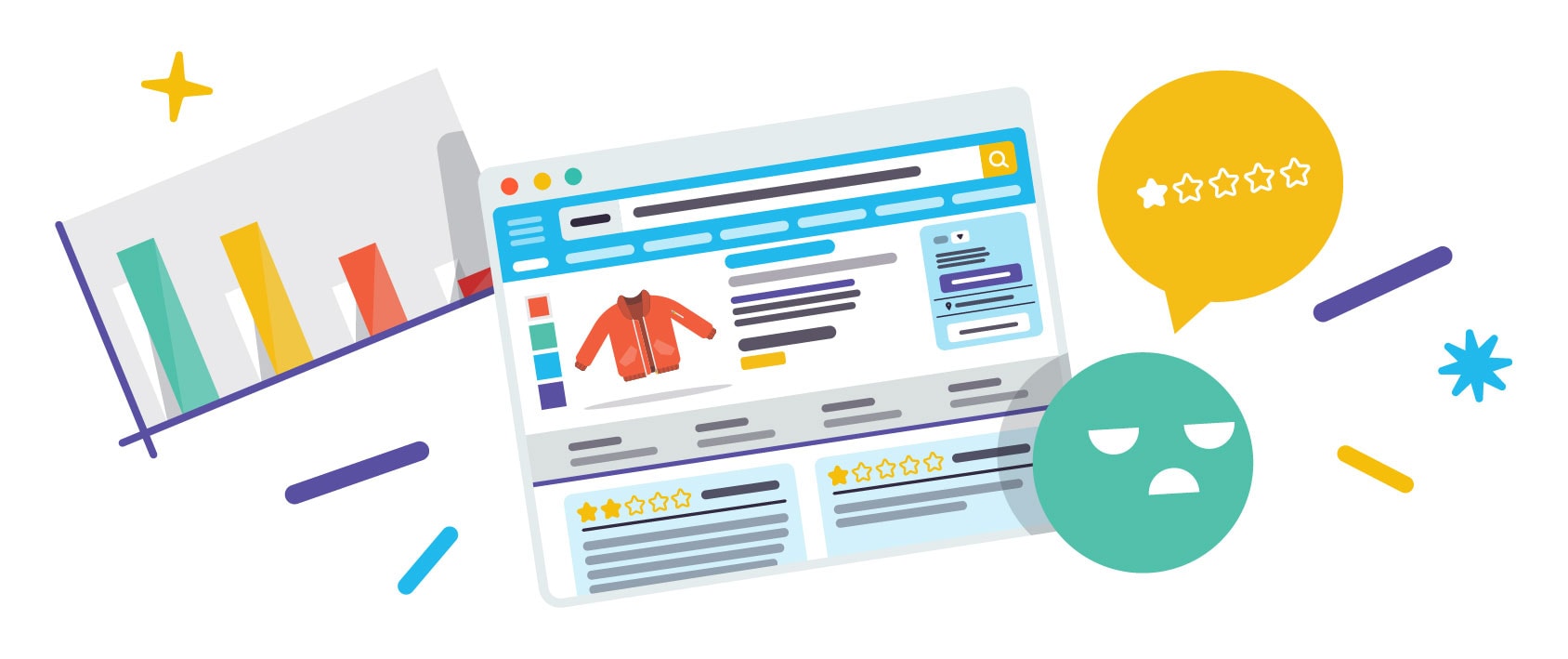
Like most things in life, there are drawbacks in addition to the advantages of discounting your merchandise.
For starters, discounting products can sometimes attract the wrong attention. By this, we mean that you’re more likely to draw in customers who are bargain-driven and some of these shoppers may be far less likely to appreciate what your business has to offer. So, when you put products back to their regular cost, you’ll likely lose these kinds of customers.
It’s also worth mentioning that when you shift the focus to the price of the products, you could unknowingly be sliding down a slippery slope because you could be setting new—and potentially, detrimental—customer expectations. If shoppers expect to always get a bargain, you may have to routinely slash your prices in order to motivate them to purchase from you. You need to find a happy balance between motivating customers to purchase when there is a discount while keeping their attention when there isn’t a discount.
Plus, if you launch coupons periodically, your regular customers will start to recognize that if they wait long enough, they’ll eventually get a discount. This kind of routine could be detrimental to your profits so be sure to consider when and how you give away your coupons carefully.
The other primary concern is that by discounting your products, you lower the perceived value of your products. If you slash prices until they’re ridiculously inexpensive, customers might look at what you’re offering and think it’s low-quality or cheaply made. This could cause them to ponder whether the products you’re selling are even worth having and it could potentially even weaken your brand image.
You don’t want to damage your brand’s reputation by sullying the perceived value and quality of your online stock so as you plan your sales and promotions, factor this concern into your strategy. After all, you want to protect your brand’s image at all costs.
Lastly, the most obvious disadvantage to running sales and promotions is the fact you (potentially) take a cut into your profits so make sure that you do the math before launching a sale to ensure that your promotions are still profitable—whether in the short-term or long-term.
Discounting Your Products: The Math Behind the Process
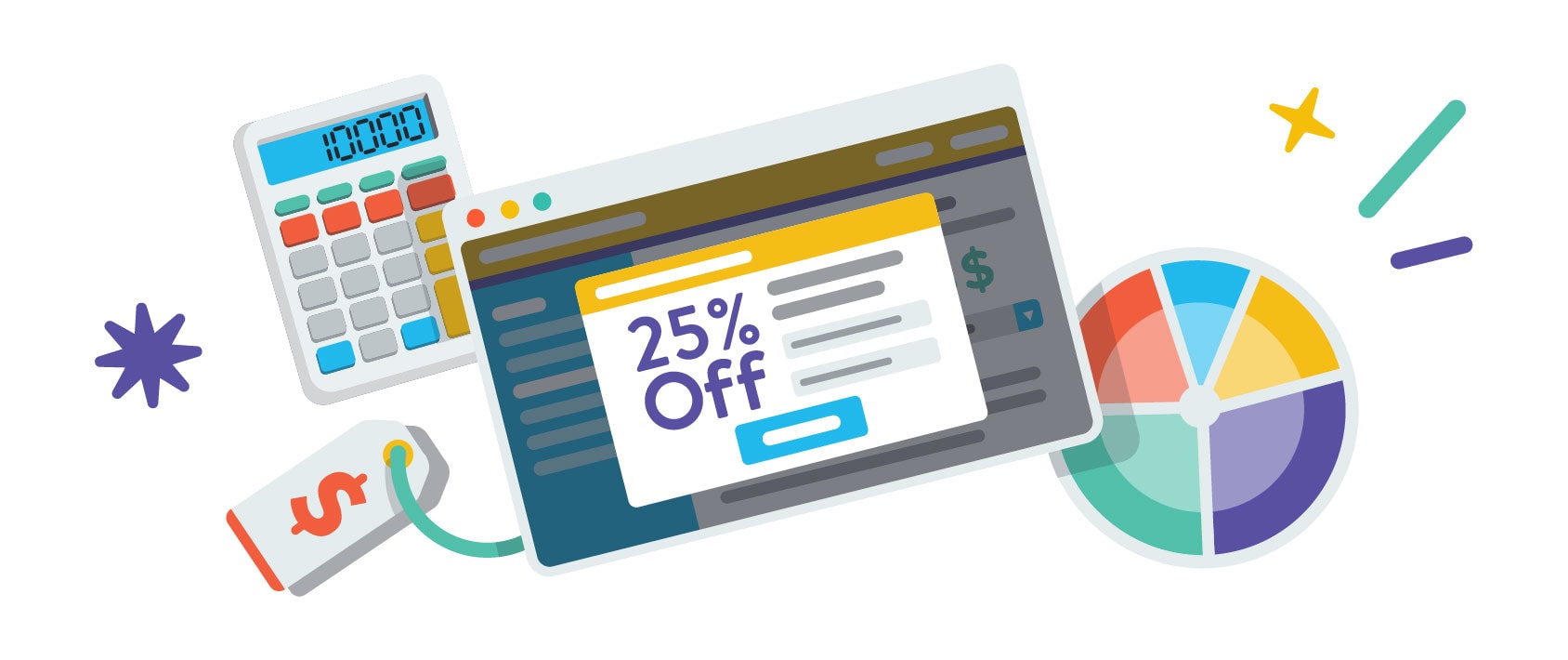
Okay, so now you know more about the pros and cons of discounting your products, let’s look at the math behind it.
First off, you need to analyze how reducing the price of just one of your products will affect your business. Although you can make a pretty good estimate, you sometimes won’t understand the full impact until you’ve run the promotion. So, to begin with, focus on a single product, then apply your findings to similar products in your inventory.
For any sale, it’s imperative that you know the number of units you need to sell to achieve your breakeven point. For those who may not know, your breakeven point is the number of units you need to sell to cover all of your expenses and land back at $0. Any revenue you earn past your breakeven point is your profit. If you’re offering a discount, you’ll need to work out how many additional sales you’ll need to make to cover the losses of reducing the product price.
Doug and Polly White, Entrepreneurs and Small Business Experts, recommend the following formula to stay in profit:
Let’s break this formula down, what do all the components stand for?
- Units Sold (Old): This is the number of units (on average) that you would have sold if you hadn’t discounted the price of the product
- B/E Additional Units: These are the units above the total number of Units Sold (Old) you have to sell to break even
- Price (Old): This is the original price of the item (before you reduced the price)
- Price (Discount): This is the price of the product after you’ve applied the discount
- COGS: This is what you pay per unit to source and sell your product
So, how do you work out how many more additional units you’ll need to sell once you’ve applied a discount to your product?
Simple, you can use this formula:
Once you have this figure, you’ll know how many units you need to sell to generate a profit.
Okay, so let’s say you’ve now finished your sales and promotion, how do you calculate the benefit of running the discount?
For that, this is the formula you use:
Again, let’s break down the individual components of this formula:
- Benefit: This refers to the total dollar benefit you enjoy as a result of the discount
- Units Sold (Discount): Again, this is the number of units sold at the discounted price
Ready to Apply a Discount to Your Products?
There’s a good chance that by discounting your products, you’ll boost traffic to your online store and increase sales. But remember, the key to launching a successful promotion is developing and executing a strategy.
By running your discounts methodically and keeping an eye on the data, you’ll see whether your current marketing strategy is working. This is usually reflected by an increase in repeat customers or a boost in the average number of sales per customer.



